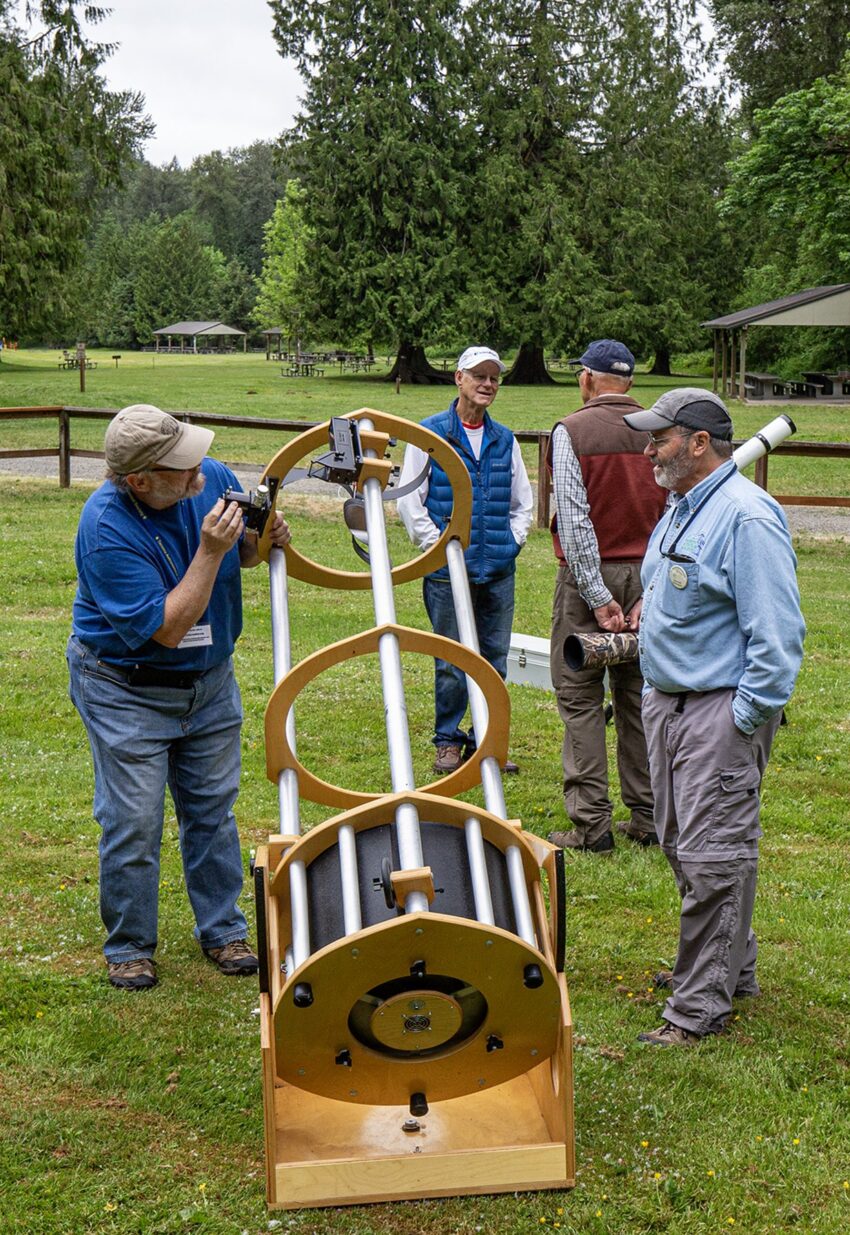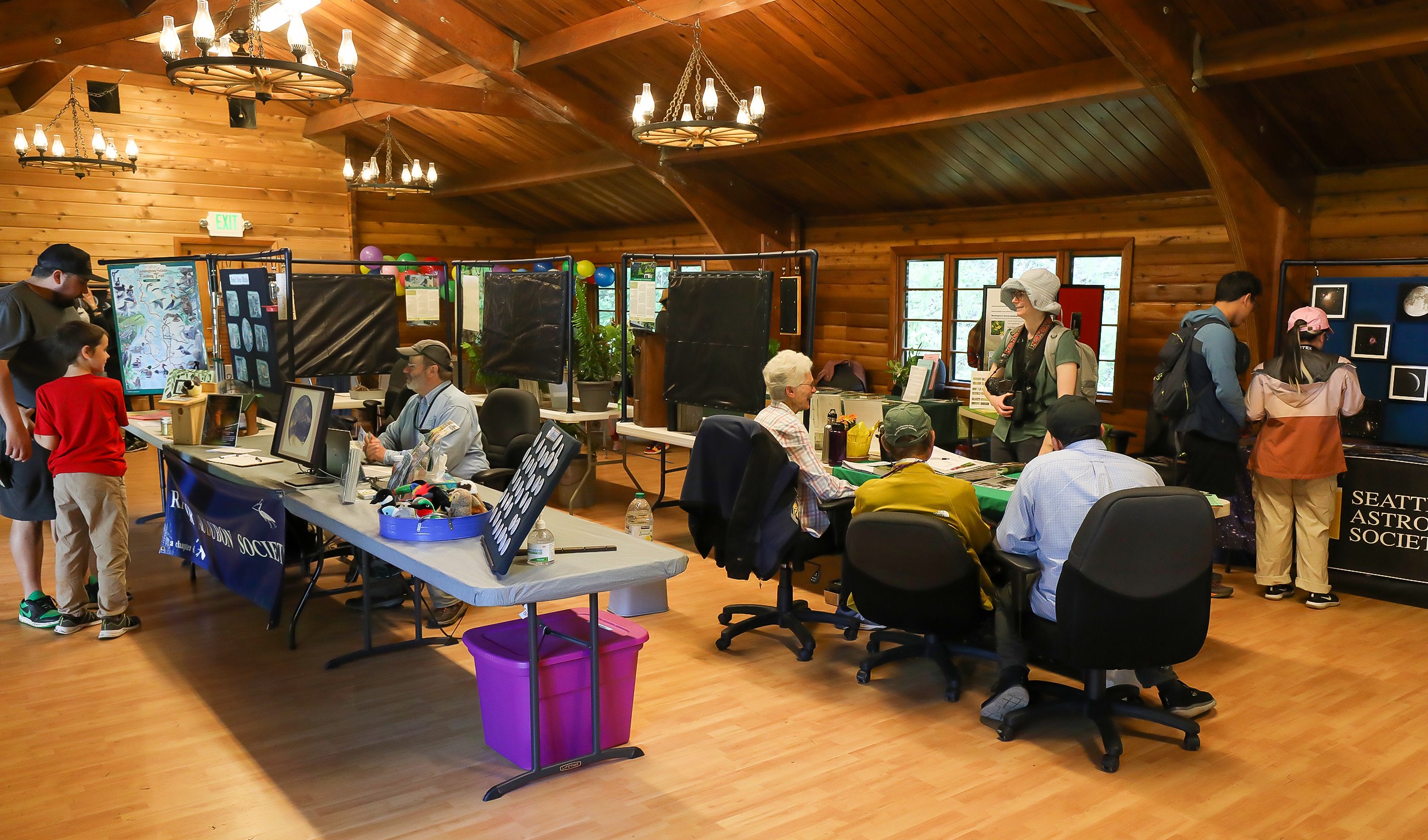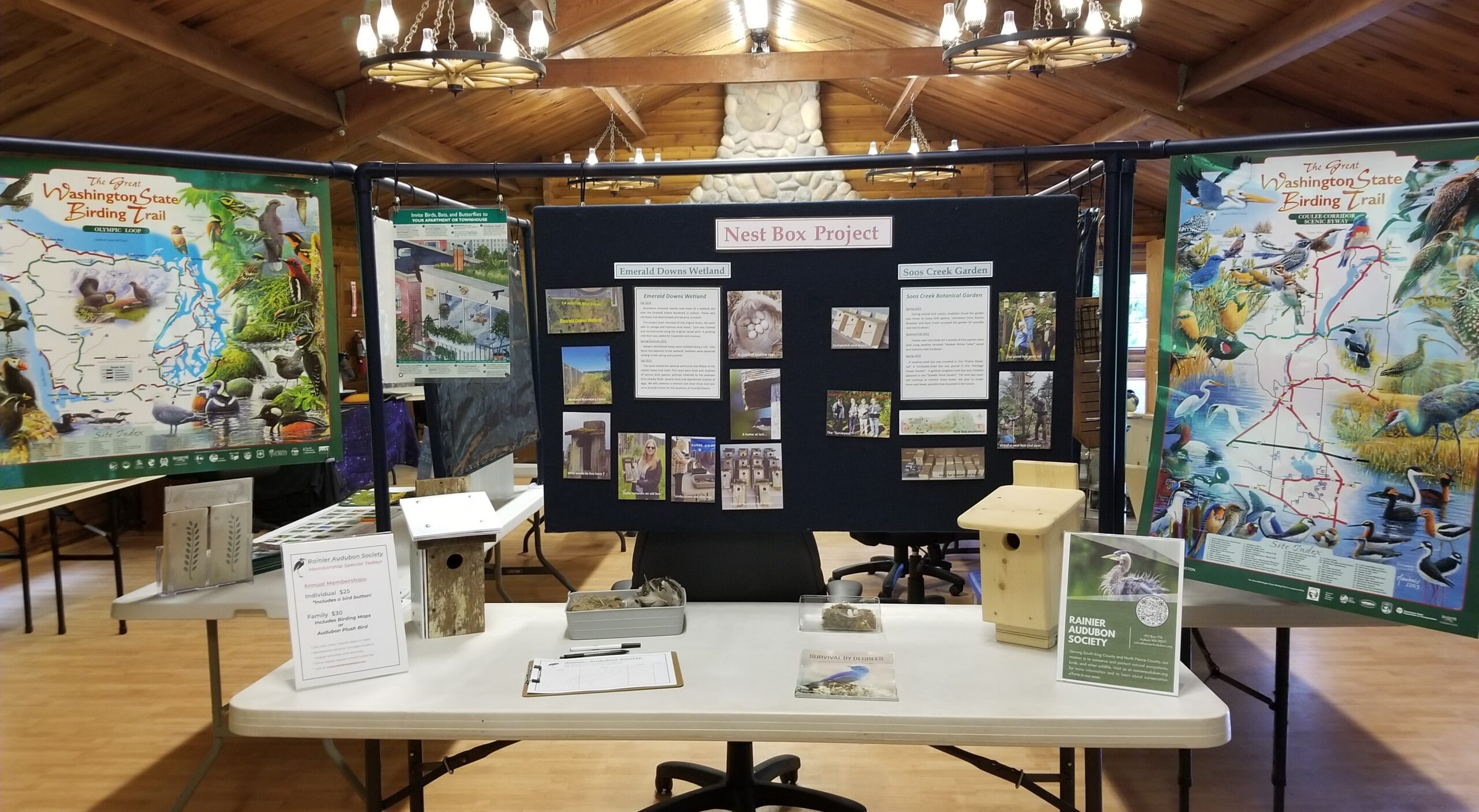
The What and Why of a Land Acknowledgement – My personal understanding of a complex idea
by Nancy Streiffert
In the Summer 2021 issue of Audubon magazine, on page 58, an article with the statement:
“Wherever you are in the United States, you’re on Native land” caught my interest. The article explains the protocol for inter-tribal meetings: “Whenever we go to someone’s land, we recognize ourselves as visitors on their territory, exchange cultural practices, and welcome one another.” A land acknowledgement continues that tradition. The practice, spreading from Canada to the U.S., recognizes Indigenous people as the land’s ancestral caretakers and pays respect to modern native nations. (Please see the article for authors of these quotes.)
I read and heard land acknowledgements at Green River College, The Washington Native Plant Society, Friends of Soos Creek, other Audubon groups, Wooden O and the Seattle Shakespeare Company. They were always respectfully given and I was moved to want to do this for Rainier Audubon Society because of our shared interest in birds and the environment.
But how to start? Hillary Pittinger of the White River Valley Museum in Auburn, which has close ties with the Muckleshoot Nation, gave me some websites to start. For me, one of the best is the Native Governance Center. While no one person or entity speaks for all Indigenous Peoples or Nations, the Center hosts events to study some of the issues involved as colonists (anyone who is not a Native person) and Native people seek to address past wrongs, current issues and our futures on our shared land.
I wrote a short article in the Heron Herald earlier this year asking if anyone would like to pursue this idea with me. Happily, Barbara Petersen and I have been studying, learning and working on this via Zoom for several months.
“A Guide to Indigenous Land Acknowledgment” published by the Native Governance Center was a great guide for us with its “Tips for creating an Indigenous land acknowledgment statement”:
- Self-reflection – Why am I (Why are we) doing this?
- What is our end goal?
- When will this have the largest impact – timing, audience?
- Do your homework – research, history, correct pronunciation, appropriate language
- Don’t ask Native people to do this
- Build real relationships with Indigenous people
- Understand displacement
Finally, take action – a land acknowledgment is not enough – it is a starting point.
Barb and I took this first step of creating a land acknowledgment and came up with a draft that the board decided to work on further. We hope that Rainier Audubon Society will build on this small step to encourage future meaningful relationships with this land’s original stewards as we both want a better future.
Barb and I totally agree with the final thought: Starting somewhere is better than not trying at all. Dr. Kate Beane (Flandreau Santee Dakota and Muskogee Creek) says “We have to try. Starting out with good intentions and a good heart is what matters most.”
Two more views: The Kent Reporter, August 12, 2022, has an article about a UW professor, Stuart Reges, who is suing UW over their Indigenous land acknowledgement. The article includes his statement: “A land acknowledgement is what you give when you have no intention of giving land.” Jaime Martin, Executive Director of Governmental Affairs and Special Projects of the Snoqualmie Nation, said “…repeating these boilerplate statements does not carry real meaning if the institutions are not doing the work to re-examine their systems and relation to Indigenous people and communities.” “However, even 12 years ago, the idea of a land acknowledgement was somewhat uncommon … now it seems like a step forward”. Please see the article for a fuller explanation.
So, where does Rainier Audubon want to go with this idea? Barbara and I welcome anyone interested in sharing ideas and insights into this complex situation.
Nancy Streiffert




